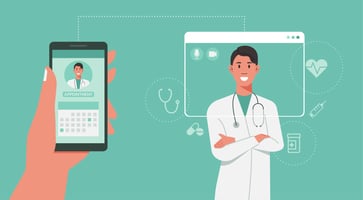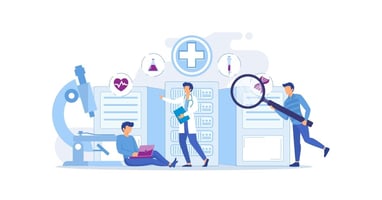
HRS Analytics
Program performance reports that unlock the growth potential and value of virtual care for each healthcare provider, payor, and payvider. HRS data and analytics help healthcare organizations:
- Clearly demonstrate program ROI
- Identify program inefficiencies
- Uncover opportunities to scale
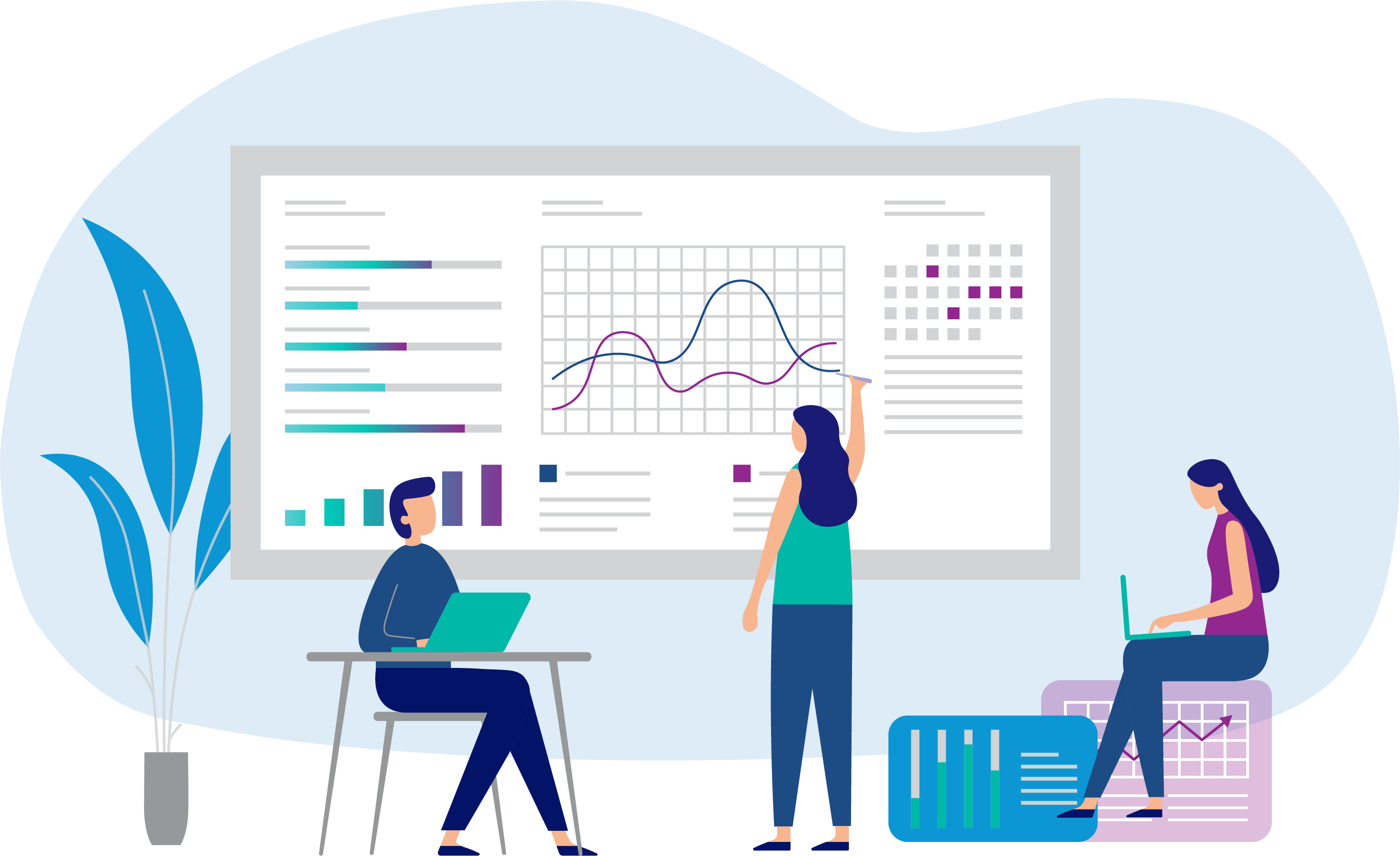
Transformative Insights with HRS Analytics
Data is the key to unlocking operational efficiency and improving patient outcomes. HRS analytics provides actionable insights into your organization’s performance, empowering you to make data-driven decisions that drive real results.
Improve Resource Allocation and Mitigate Staffing Challenges
Improve Patient Satisfaction with Just-In-Time Communication
Increase Revenue with Automated Reimbursement Reporting
HRS Analytics & Reporting Suite
Get the insights you need to improve resource utilization and response times. Make data-driven decisions that improve patient care, streamline operations, and increase profitability.
Risk Alert Response Report
- Track how long it takes for clinicians to respond to a risk alert
- Optimize response times and improve patient safety and satisfaction
- Identify opportunities for better resource allocation
Clinical Workflow Report
- Track clinician engagement with the telehealth platform
- Identify opportunities to increase productivity
- Identify opportunities to provide additional staff training or resources
Reimbursement Report
- Optimize your billing processes with automated, monthly reporting
- Identify new opportunities for reimbursement
- Prevent revenue loss due to inaccurate billing
HRS' Automated Reimbursement Report
Our automated reimbursement report provides you with the information you need to submit claims for remote patient monitoring (RPM) services. Watch this 2-minute clip for a quick overview as Charika Wilcox-Lee, Vice President of Revenue Cycle Management, explores a sample Reimbursement Report from HRS.
HRS Partners with Healthcare Providers to Achieve Results
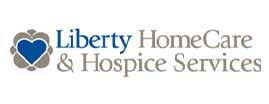
Among CHF, Hypertension, and COPD patients, Liberty achieved the following:
- 7.1% hospital readmission rate
- 98% patient satisfaction rate
Learn More
Using HRS’ innovative solutions, Liberty HomeCare’s team was able to reduce readmissions for patients with CHF, Hypertension, and COPD. They leveraged communication tools including text messaging, phone calls, and video conferencing. Clinicians monitored patient vitals, symptoms, and medication adherence 24/7 and promptly responded to patient needs and changes in health status. Communicating with every patient following a high-risk alert enabled the telehealth team to assess, educate, and prevent not only hospitalizations, but future exacerbations.
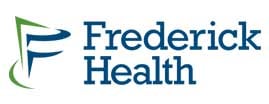
Among CHF, Afib, and Hypertension patients, Frederick Health achieved:
- 83% reduction in 30-day hospital readmissions
- $5.1 million in cost savings
- 50% reduction in ED visits
Learn More
Frederick Health's CCM telehealth program targeted high-risk patients with an increased risk of hospitalization, including COPD, CHF, diabetes, AFib and hypertension, among others. The solution allowed the CCM clinical team to monitor patient vitals and medication adherence, provide disease-specific education to patients, and improve patient-clinical communication. The telehealth team now performs daily and weekly check-in calls, virtual visits to resolve medication discrepancies, and home visits depending on the patients’ health status. The program has allowed them to prioritize high-risk patients, improving their quality of life while saving them millions in costs.
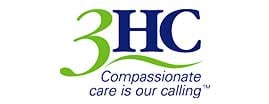
Among heart failure patients, 3HC achieved the following:
- 29% lower hospital readmission rate than medicare average
- 96% patient satisfaction rate
Learn More
In April 2020, 3HC expanded its telehealth program, offering a mobile app solution to its patients. Initially targeting heart failure patients already equipped with monitoring devices such as blood pressure cuffs, the mobile telehealth platform is now offered to 3HC patients across numerous high-risk patient populations, including heart attack, AFib, cardiac surgery, and joint replacement surgery. With multiple platforms available to patients, 3HC can offer each patient an individualized care solution. This has resulted in reduced readmissions and increased utilization, patient engagement, and patient satisfaction.
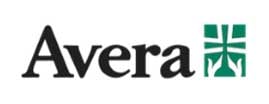
For high-risk cardiac patients, Avera@Home achieved the following:
- 6.1% hospitalization rate
- 7.9% ED Visit rate
- 95% patient satisfaction rate
Learn More
In 2019, Avera@Home launched a pilot telehealth and remote patient monitoring (RPM) cardiac program. In coordination with the Avera Heart Hospital, Avera@Home’s pilot program targeted high-risk cardiac patients to enhance outpatient care, mitigate patient anxiety, and reduce hospital readmissions and ED visits. Within six months, Avera@Home’s pilot program achieved a 3.6% overall 30-day hospital readmission rate and recorded a 95% patient satisfaction rate.
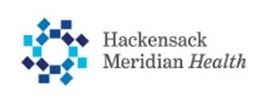
With HRS’ RPM solutions, Hackensack was able to:
- Reduce cardiac readmissions by 71%
- Increase medication adherence to 84%
- Achieve an adherence to weight recording of 89.82%
Learn More
HRS, Hackensack University Medical Center, and Holy Name Hospital launched a multidisciplinary study to evaluate the impact of an advanced practice, nurse-directed patient education approach to heart failure treatment while integrating an interactive 4G android tablet. Patients utilizing the tablet had an 8% readmission rate compared with a 28% readmission rate for patients who did not receive a tablet. This enabled both Jackensack and Holy Name to reduce their Medicare penalty by preventing 5 excess readmissions. The average New Jersey hospital is losing approximately $25,000 for these types of readmissions.
Additional Analytics Resources

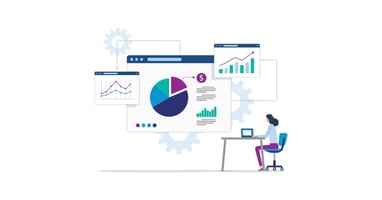
Health Recovery Solutions Announces HRS Analytics at HIMSS23
